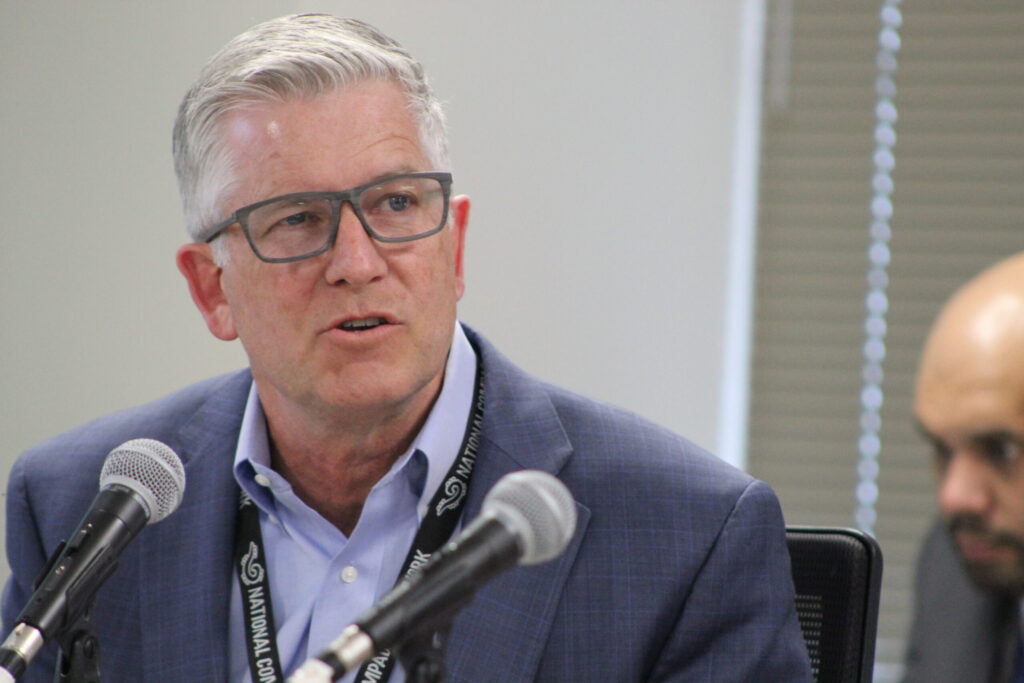Denver reaps what decriminalization has sown | Denver Gazette
What’s the downside of lofty ideals like decriminalization, “justice reform” and “harm reduction”? How about the rampant drug abuse and epidemic of overdoses that have engulfed parts of Denver?
Just ask the merchants on trendy south Broadway, where curbside chaos and passed-out drug addicts compete for sidewalk space with hipsters trying to visit the area’s bars, bistros and boutiques.
“Whether it be drug use, fecal matter, or piss on my door — I’m fed up,” shopkeeper Clayton Kelley bluntly told The Denver Gazette’s news staff last week. Multiple people had passed out in front of his business over just two days. “It happens every day.”
Stay up to speed: Sign up for daily opinion in your inbox Monday-Friday
The Gazette’s profile of the district depicted a scene that’s widespread across Denver’s inner urban core. Blatant drug use and the trail of squalor left by addicts were in abundance. People lay unconscious along the sidewalks and could be seen in alleys and at intersections smoking pipes and dealing drugs.
And where’s illegal drug use most noticeable? Around Denver Public Libraries’ Ross-Broadway branch, near the corner of Broadway and East Bayaud Avenue. That’s right, the once-family-friendly place that is supposed to serve the community as a center of enlightenment — has been overtaken by swarms of drug addicts. Aside from being a warm place for them to hang out, the library branch also is a “harm reduction” center offering them Narcan to recover from fentanyl overdoses.
It’s no secret the overdose crisis is out of control. As The Gazette’s report noted, Denver endured 582 overdose deaths last year, 129 more than the previous year. It’s the worst since the city’s medical examiner began keeping overdose records a century ago. That compares with a statewide fentanyl death toll of 910 people aged 18 to 45 in 2022, the latest year for which state numbers are available.
How did it all get to this point?
In part, through well-intentioned but wildly misguided harm reduction programs like the library’s; they only serve as a magnet for addicts. The same goes for needle exchanges that aim to prevent the spread of hepatitis among intravenous drug users — but wind up aiding and abetting crippling and often fatal addictions.
Similarly, efforts since last summer by the administration of freshman Mayor Mike Johnston to fast-track the city’s heavily drug-addicted street population into temporary shelter — while turning a blind eye to their drug use and failing to require rehab — almost assures they will return to Denver’s streets sooner or later. Once there, they’ll continue their lifestyle of addiction.
But the biggest share of blame lies with Colorado’s Legislature. It decriminalized simple possession of even the hardest drugs in 2019 — meth, heroine, you name it — and recriminalized possession only of an ounce or more of deadly fentanyl a couple of years ago.
That still left it a misdemeanor for a street dealer to carry enough little blue fentanyl pills in his backpack to kill 500 people.
The upshot is we are reaping what our policymakers have sown. Without much of a law to enforce, cops too often are forced to stand by as dealers ply their trade and users die.
Even freewheeling Oregon has begun to mend its ways. After the state essentially legalized all drugs in 2020, overdose deaths skyrocketed and Portland’s public spaces resembled an outdoor drug den. Amid public outcry, Oregon’s legislature voted the other day to recriminalize.
Now, it’s time for Colorado’s lawmakers to crack down, too. If they won’t, let’s elect some who will.
Denver Gazette Editorial Board













